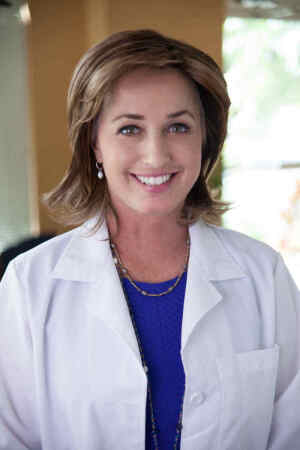From the July 2017 issue of HealthCare Business News magazine
By Maria Rivlin
I caught up with neuroradiologist Suzanne LeBlang, an early adopter of MR-guided focused ultrasound (MRgFUS) as a treatment for a common women’s health condition known as uterine fibroids.
Dr. LeBlang has been treating patients using MRgFUS for more than 10 years. She is based in Boca Raton, Fla., and is affiliated with multiple hospitals in the area, including JFK Medical Center and West Boca Medical Center. She received her medical degree from the University of Miami Miller School of Medicine. As the chief medical officer at the Focused Ultrasound Foundation, LeBlang organizes working groups to devise clinical protocols, serves as a liaison to the clinical research community and presents information on MRgFUS at medical conferences.



Ad Statistics
Times Displayed: 173718
Times Visited: 3172 For those who need to move fast and expand clinical capabilities -- and would love new equipment -- the uCT 550 Advance offers a new fully configured 80-slice CT in up to 2 weeks with routine maintenance and parts and Software Upgrades for Life™ included.
MR: What are uterine fibroids?
SL: Fibroids are benign (noncancerous) growths of the uterus. There are four types of uterine fibroids classified by location. Intramural, the most common type of fibroid, grow within the uterine wall. Subserosal fibroids grow on the outside of the uterine wall. As they grow larger, they can cause pain due to their size or pressure put on nearby organs. Submucosal fibroids grow on the inside of the uterus wall, and distort the uterus cavity. This type can lead to heavy bleeding and infertility. Pedunculated fibroids grow on small stalks inside or outside the uterus. Keep in mind that a patient can have more than one type of fibroid.
MR: How common are fibroids, and what are the symptoms?
SL: Fibroids are quite common. It’s estimated that up to 80 percent of women in the U.S. will have fibroids by the time they turn 50. Patients can start having symptoms in their early 20s, and when they get older, these symptoms become more prevalent. African American and Hispanic women are more likely to develop fibroids for reasons that are not fully understood. Sometimes fibroids stay small, like the size of a pea, and don’t present any symptoms. But sometimes these fibroids can grow over time to be the size of a plum or even a grapefruit.
As fibroids grow, they can cause more symptoms, and depending on the location of the fibroid, they can become more problematic. The size and location of the fibroids can also impact the severity of the symptoms. Heavy bleeding is the most common symptom, but other symptoms may include urinary frequency, pelvic fullness or pressure on the pelvic area, constipation or difficulty in getting pregnant. Some women may even look as though they’re pregnant due to the size of their fibroids.

